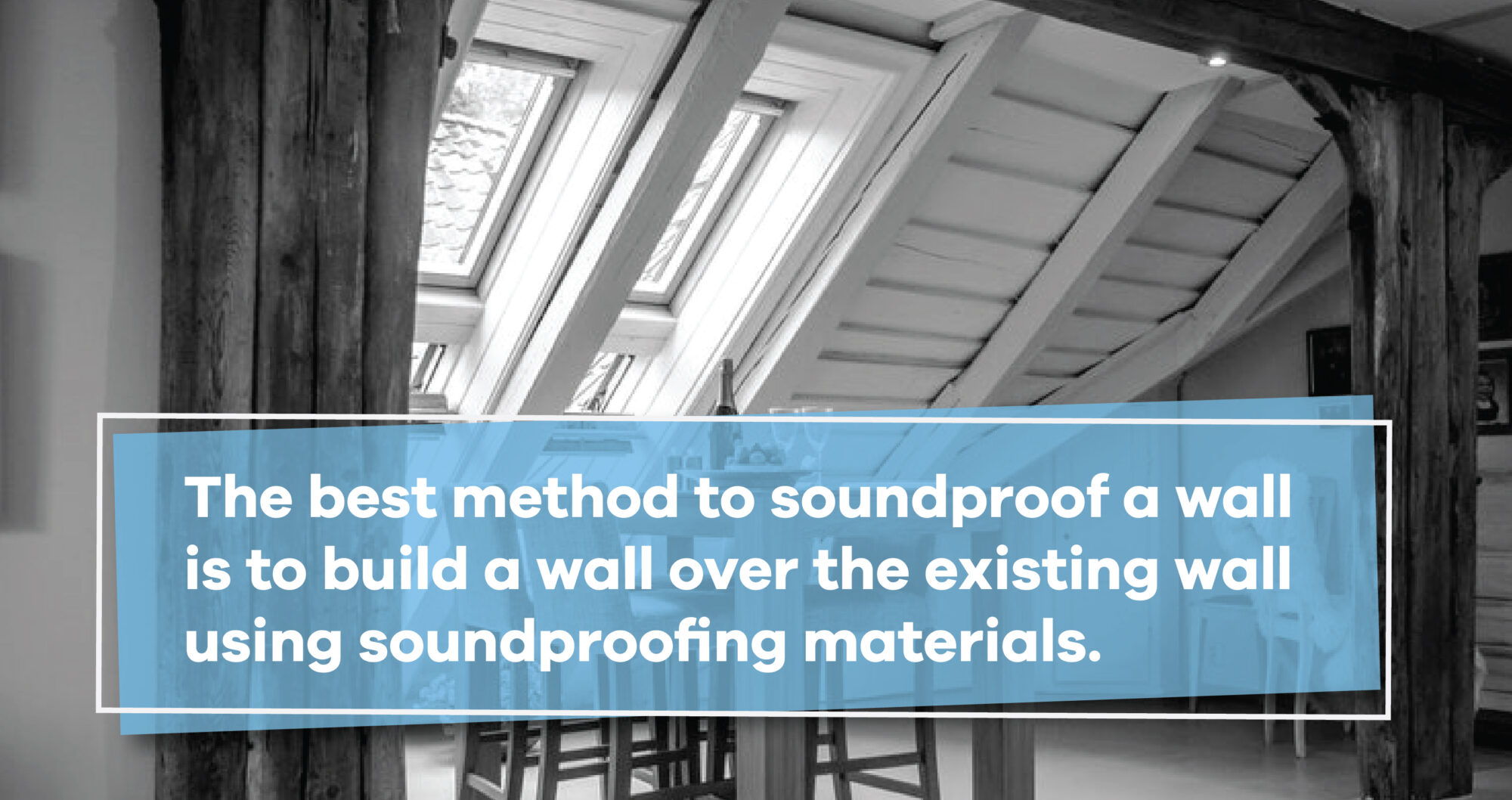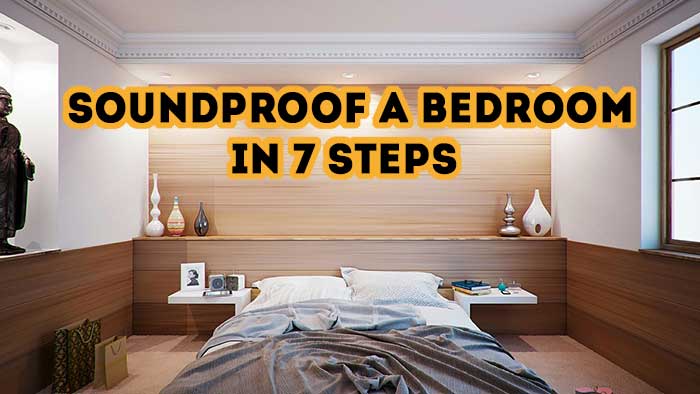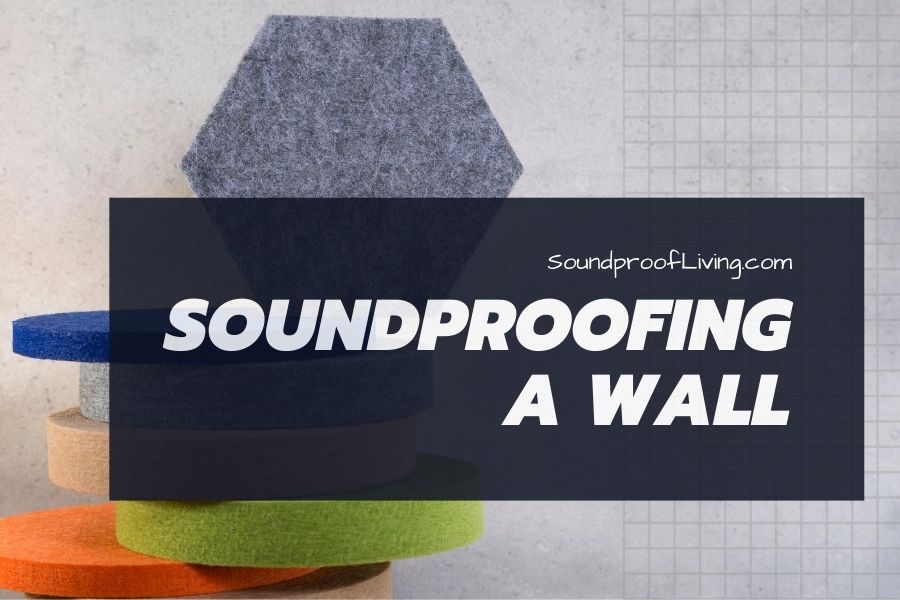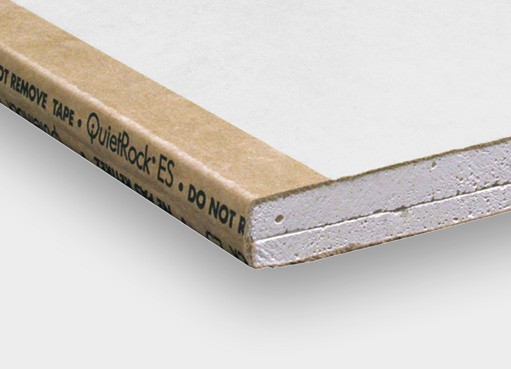Soundproofing Existing Walls Nz

A perfect solution of soundproofing.
Soundproofing existing walls nz. Acoustic insulation for nz homes. Build a new wall in front of existing. Heavier walls with greater mass are typically more soundproof than their thin counterparts. Sound proofing new zealand home sound insulation.
Soundproofing new or existing walls involves adding mass behind the walls and or something that absorbs and dissipates sound waves. This helps to soundproof the home or room to acceptable levels. Tips and advice for soundproofing walls include. The above examples deal mainly with sound insulation for installing within the internal wall cavity with the primary purpose being to restrict the amount of noise being transmitted through the wall.
High density sound insulation is usually installed in internal walls studios and theatre rooms benefit particularly well from acoustic insulation. In other words if your kids or neighbor are making all the racket. Consider underfloor soundproofing as well as internal walls. In new zealand sound insulation regulations for buildings are specified in clause g6 of the new zealand building code.
If you ve got the space for it one of the most effective ways of soundproofing your interior walls is by building new ones inside of them. Quieting new zealand one space at a time at last an easy to use sound proofing product to reduce sound transmission and increase thermal insulation that is u l. By soundproofing your walls you ll gain peace and quiet and restore a little sanity to your household. Approved to go into walls ceilings and floors.
Existing wall insulation total r value installed of r2 1 r2 6 is achieved in a typical 90 100mm wall cavity with water repellent dry fibre or r1 0 r1 5 with wet foam system installed correctly. These regulations dictate the minimum airborne and impact sound insulation performance between properties that touch each other side to side above and below called abutting residential tenancies. Installing acoustic insulation in your home can absorb as much as 75 of the sound. Because of this they will not transfer sounds from the original wall.
While many home owners agree that installing insulation in their internal walls is non negotiable. Deadening those vibrations is best done with heavy dense materials that stop noise in its. Add a second layer of drywall over existing interior walls to increase the thickness and weight of the wall. With either existing wall system there are usually three to four 25 30mm holes drilled in the wall about every 500mm around the building.













































